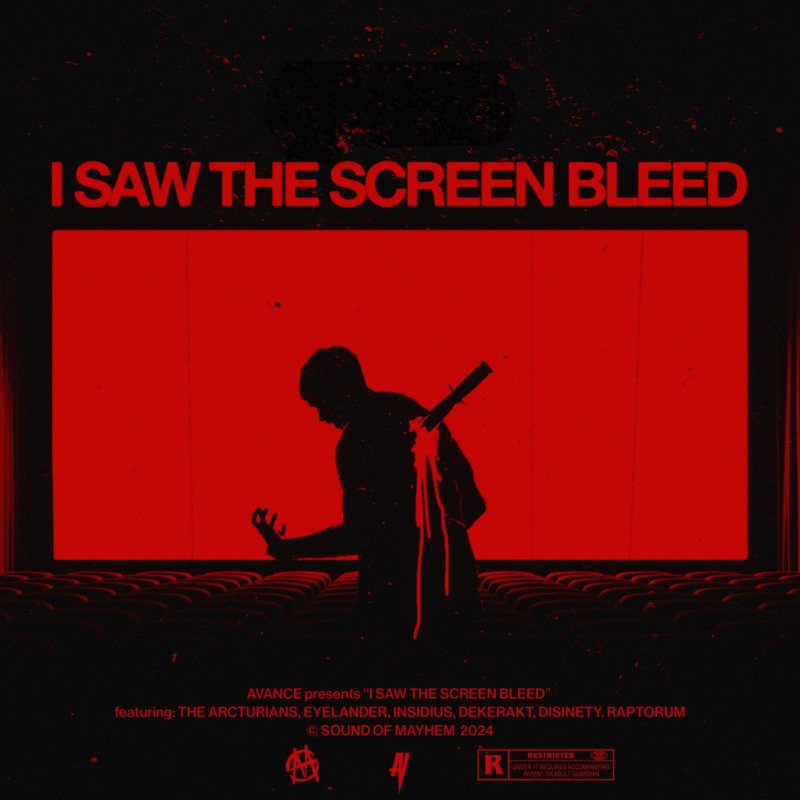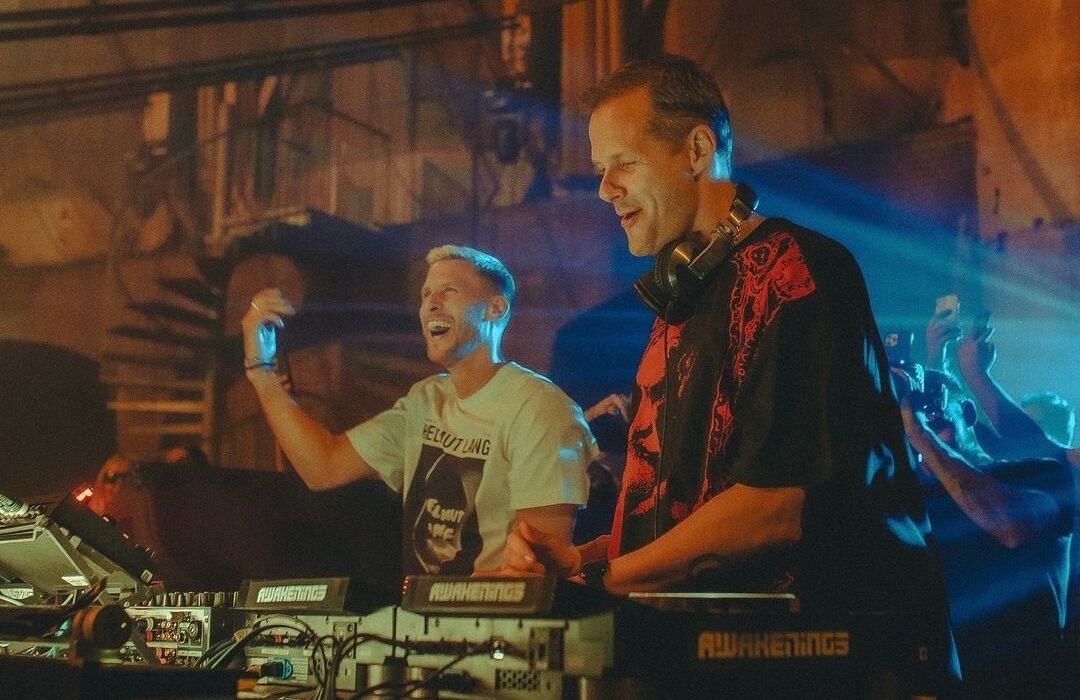If there's one thing Star Wars: Visions was sold on, it was variety. The Disney+ anthology series boasted nine different shorts from seven legendary anime studios, each one featuring a radically different art style and tone.
While each episode managed to be a distinct take on the Star Wars mythos, certain motifs are recurring. Most notably, every single one stars a Force-sensitive, lightsaber-wielding protagonist, most of whom are Jedi. The Ronin from ''The Duel'' and Karre of ''The Twins'' are the anthology's only main characters with zero affiliation to the Order. Otherwise, despite the promise of nine very different perspectives on a galaxy far, far away, Visions' conception of the Star Wars universe remains incredibly Jedi-centric.
It's an interesting choice, especially given recent Star Wars projects have made a conscientious effort to move away from the Jedi. The likes of Rogue One, Solo, The Mandalorian, The Bad Batch, and the upcoming The Book of Boba Fett all feature protagonists who aren't affiliated with the Jedi or the Force, nor do they wield lightsabers.
It makes sense that at least some of the shorts would include lightsabers -- after all, they are arguably the single most famous piece of Star Wars iconography. But for all nine shorts to feature them so prominently is noteworthy. There are no shorts about the exploits of Rogue Squadron, or the Republic's Clone Army, or podracing. Star Wars is such an expansive sandbox to play in that it's strange that all nine studios stick to the same corner.
Even shorts that are nominally about other aspects of the Star Wars universe eventually circle back to lightsabers and the Jedi. ''Tatooine Rhapsody'' initially promises a glimpse into the titular planet's criminal underworld, as well as what the music industry looks like in the Star Wars universe -- until the central band's lead singer Jay is revealed to be a former Padawan whose microphone is his lightsaber.
''T0-B1'', meanwhile, offers a look into the life of droids from the perspective of the titular T0-B1 and his reclusive inventor father, Mitaka -- only for the latter to be revealed as a former Jedi from whom T0-B1 picks up the mantle, eventually wielding a lightsaber in battle against a Sith Inquisitor.
So why is this the case? While the ''Filmmaker Focus'' extras on Disney+ illuminate some of the creative processes behind Star Wars: Visions, the specific degree to which the seven studios communicated with each other -- or how much say Disney had on the shorts' content -- remains a mystery.
As such, it's entirely possible that each of the creative teams behind the shorts decided to heavily feature lightsabers independent of one another. After all, Visions might present the one and only time these studios ever get to work on Star Wars, and as such, each creative team wanted to use the opportunity to put their own stamp on lightsabers and the Force.
In several of the ''Filmmaker Focus'' videos, the directors cite samurai fiction as a major influence, with many shorts including the familiar trope of a wandering ronin strolling into town and helping the villagers with a looming threat. Many also showcase katana-style lightsabers, emphasizing their ties to the samurai genre. Star Wars has always been inspired by samurai fiction, so it's entirely plausible that Visions' recurring motifs were a conscious choice on the part of the Japanese studios, as a means of paying homage to these roots in an authentic way.
Whether it was a mandate from above or something agreed upon by the various studios, it's also plausible that the framing device of lightsabers was simply a means of tying all the shorts together. Visions covers so much ground stylistically, it's possible someone in the creative process decided the shorts needed some unifying factor so as to not alienate casual viewers -- especially since Visions would likely be many Star Wars fans' first foray into anime and the various visual styles of the studios working on it.
The Lightsabers and their wielders across Visions ultimately help convey what might be the closest thing the anthology has to a unifying theme -- that anyone can be a Jedi and, in turn, anything can be Star Wars. The variety of each short expands the scope of what Star Wars can be, and the recurring motifs about what it means to be a Jedi help cement this. In the same way that an adorable bunny girl or an Astro Boy-esque droid can be a Jedi, so too can a monochrome Yojimbo pastiche and a story about a Tatooine rock band playing for a chibi Boba Fett be Star Wars.
It's a testament to the strengths of the creative teams behind Visions that despite the recurring elements, each short is as fresh and unique as it is. Hopefully, a prospective Season 2 would expand the scope even further and present these studios' takes on other corners of the Star Wars universe. For now, the nine shorts still stand as some of the most creative pieces of Star Wars in the series' long history.
About The Author

